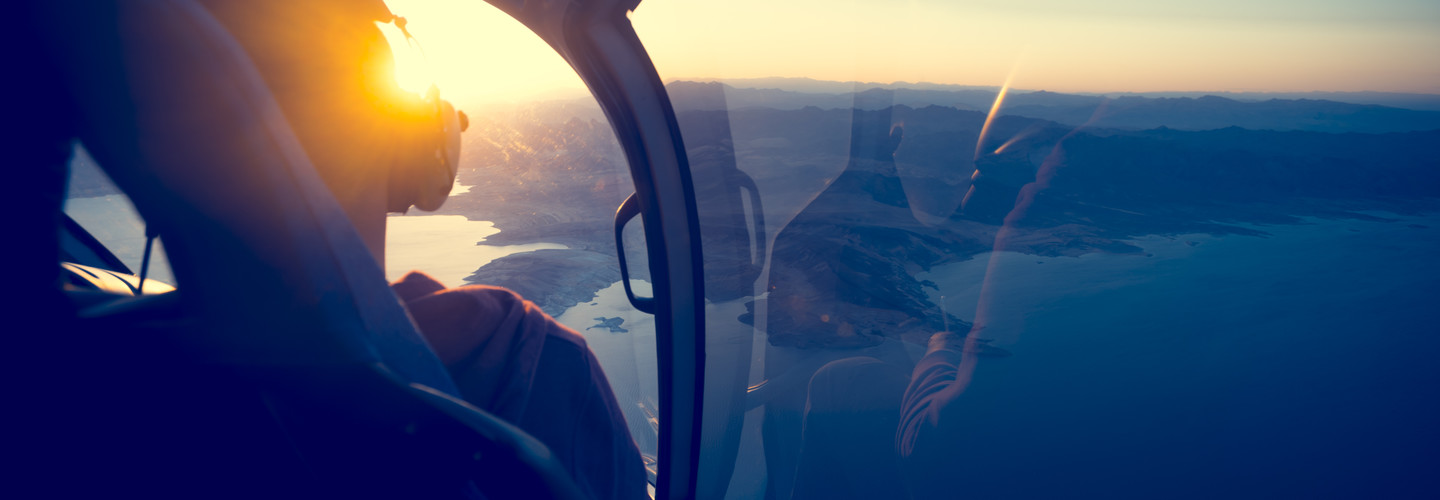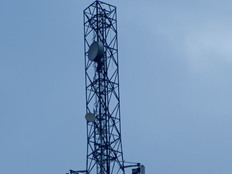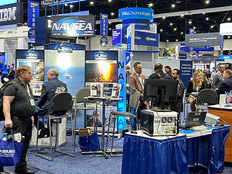President Barack Obama in 2016 asked for funding for a new Air Force One, a project estimated by the Government Accountability Office at the time to cost about $3.2 billion. President Donald Trump threatened to cancel the project unless costs came down, but negotiated a fixed-price $3.9 billion contract with Boeing.
The two Boeing 747-8s, once parked in Boeing’s Mojave Desert graveyard, are currently being modified from the standard passenger configuration to the more luxurious and spacious interior needed to house a president, his staff, important visitors and a gaggle of media.
While plans were to have the new Air Force One ready in 2024, a disagreement with one of the contractors working on the plane’s interior plus COVID-19-related delays have pushed that date back to 2025.
In-Air Technology Matches What a President Needs on the Ground
Once the new Air Force One ready, it will be completely upgraded. According to the NatGeo documentary, those aboard the plane will be able to collect information faster and more reliably, nearly in real time — no more relying on TV transmissions from the ground.
“It’s important with modern electronics and larger displays, for the staff to be able to use their personal electronic devices so that all the information they need is readily available,” says Todd Carlson, the project’s operations manager for Boeing, in the documentary.
Communications, as described in the documentary, will also include high-level encryption, faster streaming, a full-time connection to the White House and the ability for the president to broadcast a speech live from midair.
In 2001, “we didn’t have satellite TV on the plane,” Ari Fleischer, the White House press secretary on Sept. 11, tells Politico. “There’s no email on Air Force One back then. When you’re in the air, you’re cut off.”
MORE ON FEDTECH: Here's a guide to Commercial Solutions for Classified (CSfC) capability products.
On Sept. 11, the crew and passengers did have cellphone access and at least one secure line was available for the president, but as was the case for much of the nation that day, connections were spotty and often impossible.
“All the commercial systems were all just saturated,” Lark says. “We as Air Force One didn’t have any higher priority than commercial American or United flights.”
The 1980s-era telephones aboard the plane were replaced with a secure Voice over Internet Protocol network around 2007. Internet connectivity got a boost in 2016, when the government awarded a contract to the same company that provides inflight Wi-Fi to major airlines, enabling HD streaming and video conference calls as well as improved telephone service.
“At the time, the only way to get everyone together was to go to Offutt Air Force Base, the nearest facility (to Air Force One’s airborne location that day) that had multiple-site video teleconferencing,” says Karl Rove, Bush’s senior adviser on Sept. 11.
READ MORE: The Defense Department found a way to make telework feasible for its employees.
Next Up: A Supersonic Air Force One?
“One of the really interesting lessons from this whole experience was that Air Force One was not properly equipped to deal with a crisis,” George W. Bush says in the NatGeo documentary. “There were phones, but I couldn’t find people. There were meetings, but I couldn’t get to them.
“The equipment just wasn’t as good as it could have been.”
Reflecting both advances in technology and the changing state of the world, the new aircraft is being built to avoid the obstacles Bush and his team encountered 20 years ago. In addition to the cutting-edge communications gear, the new Air Force One will feature:
- State-of-the-art medical monitors and equipment for the medical bay, last fully outfitted 29 years ago.
- Digital instrumentation in the cockpit, enabling the Air Force to cut the flight crew from four pilots to two.
- Defense systems that may include decoy flares to attract heat-seeking missiles, and laser weapons to disable them.
The Air Force is also prototyping a possible supersonic Air Force One that could halve traveling time without noisy sonic booms that could disrupt citizens below.
“It’s just amazing how technology has changed,” Rove says.










